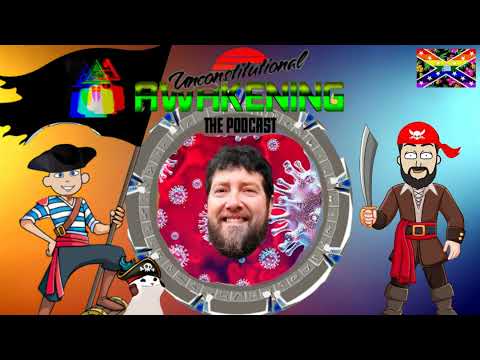#RussiaUkraine #bonds #bitcoin #Biden #Stockmarket #coronavirus #memestocks #Fed
#YahooFinance #investing #stockmarket #bitcoin #crypto
Get the latest up-to-the-minute continuous stock market coverage and big interviews in the world of finance every Monday–Friday from 9 am to 5pm (ET).
U.S. stocks fell Wednesday as investors eyed more Western sanctions against Russia and digested hawkish remarks from key monetary policymakers. These suggested that more members of the Federal Reserve were open to moving aggressively to raise interest rates and bring down demand and persistently elevated levels of inflation.
The S&P 500 dropped, adding to losses after the blue-chip index ended Tuesday’s session lower by 1.3%. The Dow Jones Industrial Average and Nasdaq also extended declines. In the bond market, the benchmark 10-year Treasury yield rose to top 2.6%, marking its highest level since May 2019.
Developments on Russia’s war in Ukraine and the Western response remained in focus Wednesday as the U.S., European Union and Group of Seven readied another round of sanctions on the Kremlin. The U.S. is expected to add penalties to more Russian government officials and family members, and Russian-owned enterprises and financial institutions.
Meanwhile, hawkish commentary from Federal Reserve officials also knocked U.S. equities from their latest march higher and send Treasury yields spiking.
Namely, Federal Reserve Governor Lael Brainard said Tuesday that the Federal Open Market Committee (FOMC) was “prepared to take stronger action” should already elevated indicators of inflation rates and expectations warrant such moves.
Speaking in a webcast, Brainard suggested this could include aggressive interest rate hikes and a much quicker drawdown of the Federal Reserve’s balance sheet — which has thus far ballooned to nearly $9 trillion — than in previous periods.
“Given that the recovery has been considerably stronger and faster than in the previous cycle, I expect the balance sheet to shrink considerably more rapidly than in the previous recovery, with significantly larger caps and a much shorter period to phase in the maximum caps compared with 2017–19,” Brainard said. She noted the process of reducing the Fed’s balance sheet holdings, or beginning quantitative tightening, could begin as soon as the Fed’s next meeting in May.
Other Fed members also suggested they were on board with more policy tightening in the near-term. San Francisco Fed President Mary Daly told the Financial Times on Tuesday that the case for a 50 basis-point interest rate hike — or a hike double the size of the central bank’s typical per-meeting increase — “has grown.”
“The fact is, the Fed has made it very clear … it’s paramount that they go after inflation and do whatever it takes to staunch the rise in inflation,” Quincy Krosby, chief equity strategist for LPL Financial, told Yahoo Finance Live. “They’re going to do it, and I think the market is getting the sense that this is going to be a choppy path.”
“The Fed may go until it breaks something … but it’s clear that this is their mission, and they are going to go ahead with it, full steam – more than 2017, more than 2018,” she added, referring to the last time the Federal Reserve underwent quantitative tightening several years ago.
With inflation rates in the U.S. still holding at around 40-year highs and forcing the Fed’s hand in aggressively tightening financial conditions, some on Wall Street have downgraded their expectations for U.S. and global growth. Deutsche Bank economists said Tuesday they expected the U.S. to tip into a recession at the end of next year as the Fed rapidly hikes rates to address high prices.
“We now expect the U.S. economy to be in outright recession by late next year, and the [Euro area] in a growth recession in 2024 with unemployment edging up,” Deutsche Bank economists David Folkerts-Landau and Peter Hooper said. “Our baseline view is that these developments will spill over to damp growth in much of the rest of the world and at the same time help to bring inflation back toward mandated levels, diminishing the risk of greater disruptions further down the road.”
Still, the economists noted their call for a recession next year “is currently way out of consensus” — and indeed, many on Wall Street still see a slowdown, but not necessarily a period of negative growth in the near-term domestically.
“We’re not thinking that the Fed is going to push the economy into recession,” Veronica Willis, Wells Fargo Investment Institute investment strategy analyst, told Yahoo Finance Live on Tuesday. “I think most are not expecting that. But we are expecting kind of a slowdown in economic growth from what we had expected previously, but still around average economic growth here in the U.S.”
For more on this article, please visit:
https://finance.yahoo.com/news/stock-market-news-live-updates-april-6-2022-221250807.html
source



